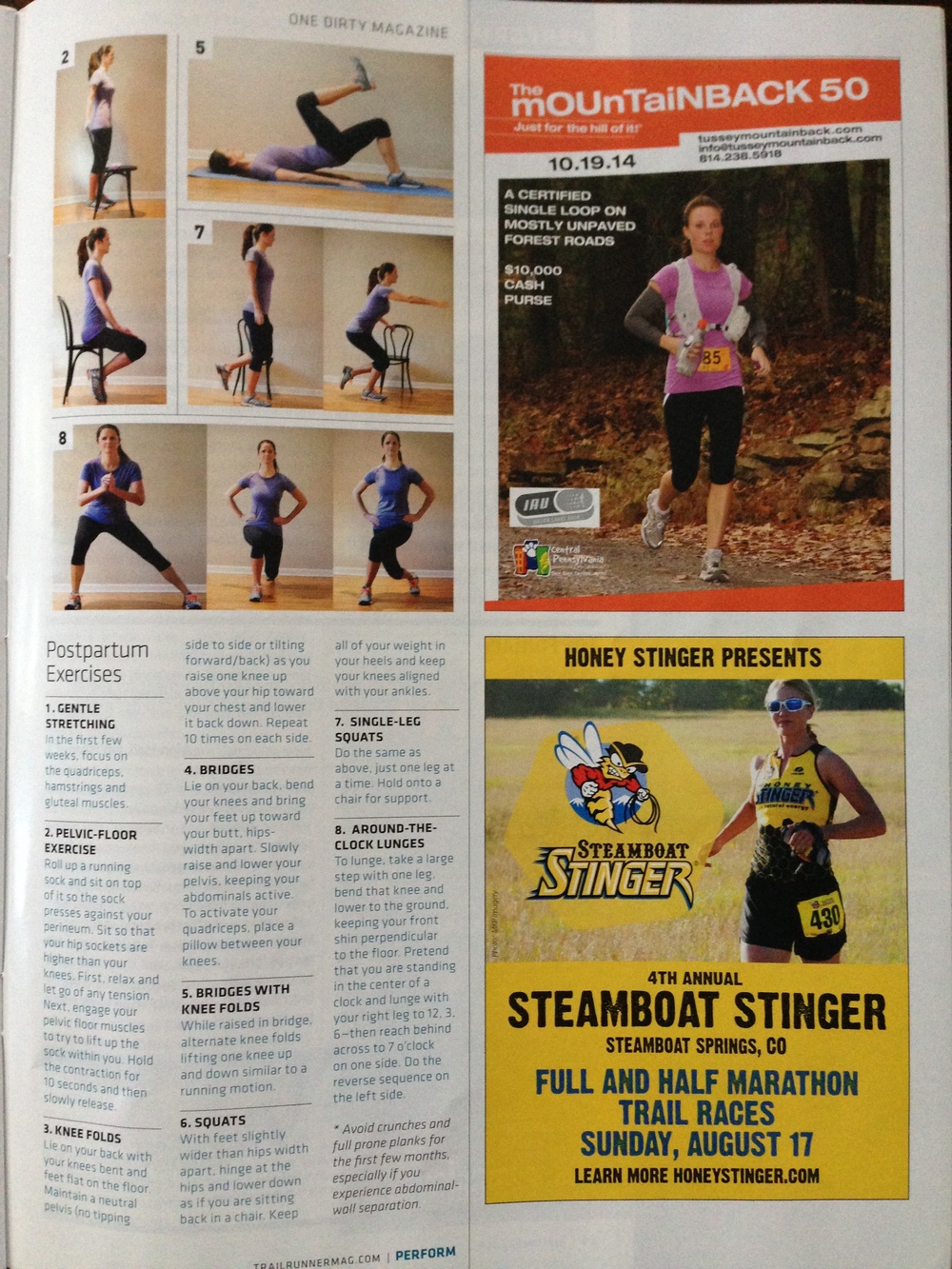by Elizabeth Eckhart
While some may associate cooler weather with indoor workouts, distance lovers know that fall is actually prime time for running a lengthier workout. Which is why many of the world’s top marathons take place between October and January. Besides that cool autumn breeze being safer for runners − some oddly warm fall days in past years have had catastrophic results − committing to a end of year marathon means your summer workouts are driven by a tough but worthy goal. Plus, once you’ve finished, you can feel free to indulge in a slice of pumpkin pie, or any other holiday treats that are sure to come your way. Below, we’ve picked out some of the most fun fall and winter marathons. If you’re not participating in any this year, be sure to check in on the races − most sports packages will cover the major marathons (click here for channel info). Then, start planning your own marathon outing for the 2015 season!
Bank of America Chicago Marathon: This famous marathon has been held annually for an impressive 30 years, and will be taking place this year on October 12th. The race is capped at 45,000 registered runners, a number that is generally reached well over half a year before the race day. Since it’s a city marathon, Chicago’s course is flat and fast, meaning that many record-setting times have occurred on the cement terrain. Moses Mosop of Kenya won the 2011 race, setting the record at 2:05:37, and Liliya Shobukhova of Russia has clocked in at 2:18:20 (although her credibility as an athlete has been called into question).
Polar Circle Marathon: If you’ve never been to Greenland, participating in this marathon will show you that the country is most decidedly not green − at least not where you’ll be! This is one of few arctic races, which prides itself on polar landscapes and ice sheet ground. The course takes place primarily on a gravel road (though chances are the road will be hidden beneath a few layers of snow) in Kangerlussuaq, Greenland, just north of the Polar Circle.
TCS New York City Marathon: Like Chicago’s course, New York City shows off some stunning skyline views and a variety of the cities interesting neighborhoods in all five of the boroughs between the start and finish lines. The first Sunday of November is always “Marathon Sunday,” when over 2 million New Yorkers head out to support the athletes attempting the race. The race attracts over 100,000 applicants, of which 45,000 are chosen based on qualifying times, charity support, and lottery.
Marathon Des Alpes: This marathon, also known as the French Riviera Marathon, is a race which has shockingly only been held for four previous years. This year’s fifth event, however, has already surpassed an impressive 12,000 runners who are registered and willing to run through the famous seaside towns and gardens. Besides picturesque villages, runners will also be delighted to see the Nice Phoenix Park, filled with peacocks, ostriches and even exotic fish. They will also run past the Mediterranean Sea, the chateaux and villas of Cap d’Antibes, and much, much more!
Bagan Temple Marathon: “Adventure Marathons”, such as the Polar Circle Marathon, offer some of the most unique and stunning views, and the Bagan Temple Marathon is no different. This race is in central Myanmar, within the ancient site of Bagan, which is home to more than 2,000 temples. The course also winds through smaller villages, offering a look into both the ancient culture and current lifestyles of Myanmar residents.
Honolulu Marathon: Though the Honolulu marathon takes place on an island in the middle of the Pacific Ocean, it is still one of the ten largest marathons races in the world. The race attracts 25,000 annual runners who are led around a volcanic crater, Diamond Head, and Kapiolani Park. Runners will also run by Iolani Palace and Kawaiahao Church - two of Honolulu’s proudest tourist attractions.
No matter which marathon you choose, local or international, lace up your shoes and complete that training, since it won’t be long before the chill air turns too brisk even for the most dedicated athletes!

















